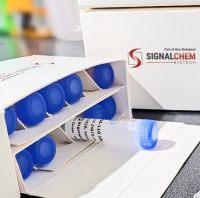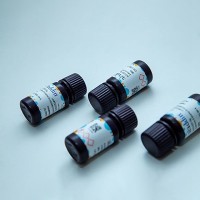Analysis of Nuclear and Cytoplasmic Degradation of p53 in Cells after Stress
互联网
551
Until recently, the accepted model held that p53 degradation occurs exclusively on cytoplasmic proteasomes and, hence, has an absolute requirement for nuclear export of p53 via the CRM1 pathway. However, proteasomes are abundant in both cytosol and nucleus. We recently analyzed HDM2-mediated degradation of endogenous p53 in the presence of various CRM1 blockers. We found that significant HDM2-mediated degradation takes place despite nuclear export blockade, indicating that endogenous p53 degradation occurs locally in the nucleus, in parallel to cytoplasmic degradation.
Here, we describe how subcellular fractionation can be used to monitor nuclear and cytoplasmic degradation of endogenous wild-type p53 during the recovery phase after a stress stimulus. The fractions are then analyzed by immunoblotting in a time-dependent fashion. Vimentin and lamin A proteins are used to monitor the purity of the cytosolic and nuclear fractions, respectively, and to control for equal loading.








